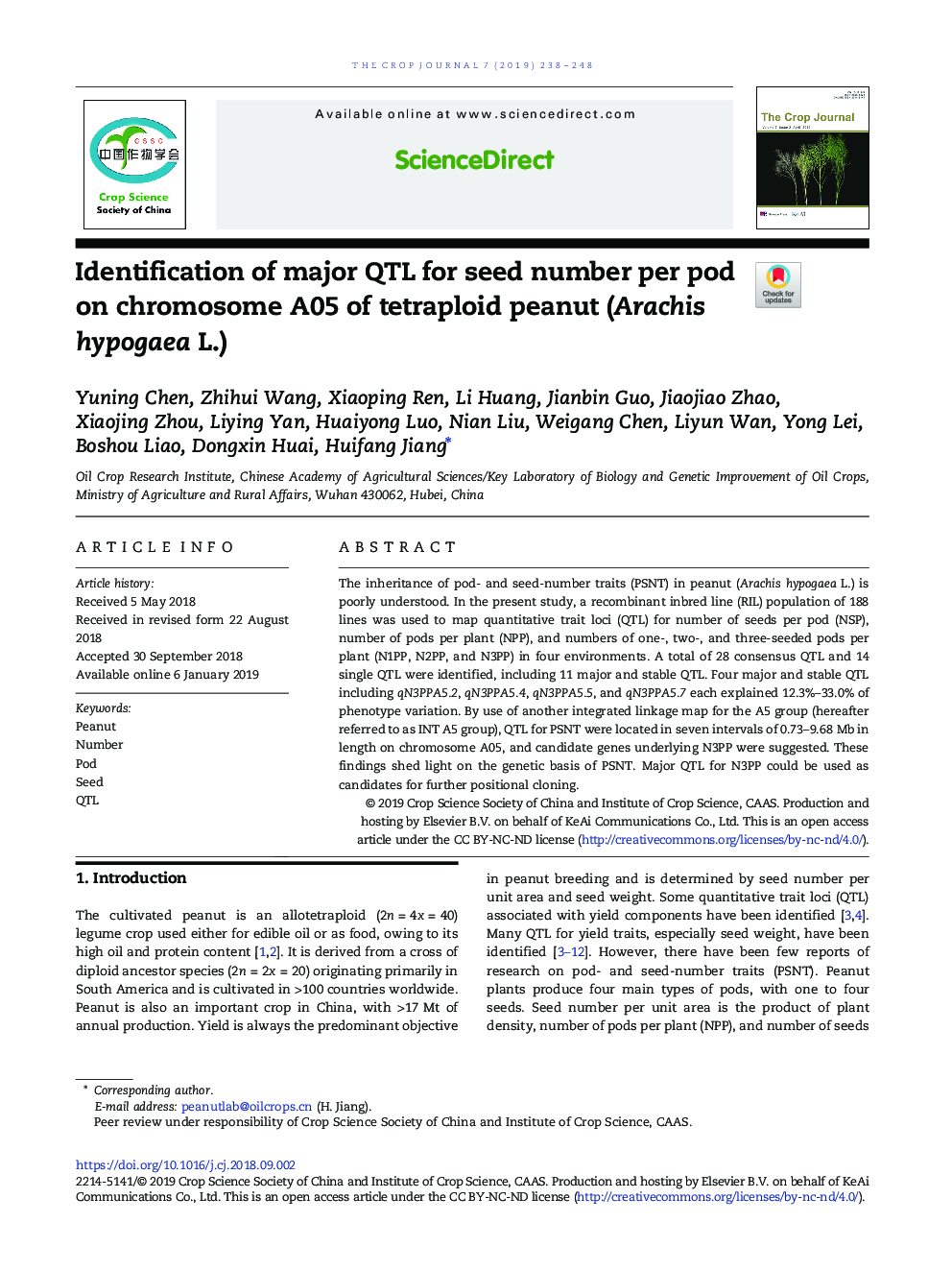| کد مقاله | کد نشریه | سال انتشار | مقاله انگلیسی | نسخه تمام متن |
|---|---|---|---|---|
| 13423174 | 1841769 | 2019 | 11 صفحه PDF | دانلود رایگان |
عنوان انگلیسی مقاله ISI
Numerical modeling of earthen dam breach due to piping failure
دانلود مقاله + سفارش ترجمه
دانلود مقاله ISI انگلیسی
رایگان برای ایرانیان
موضوعات مرتبط
مهندسی و علوم پایه
سایر رشته های مهندسی
مهندسی عمران و سازه
پیش نمایش صفحه اول مقاله

چکیده انگلیسی
Based on model tests of earthen dam breach due to piping failure, a numerical model was developed. A key difference from previous research is the assumption that the cross-section of the pipe channel is an arch, with a rectangle at the bottom and a semicircle at the top before the collapse of the pipe roof, rather than a rectangular or circular cross-section. A shear stress-based erosion rate formula was utilized, and the arched pipe tunnel was assumed to enlarge along its length and width until the overlying soil could no longer maintain stability. Orifice flow and open channel flow were adopted to calculate the breach flow discharge for pressure and free surface flows, respectively. The collapse of the pipe roof was determined by comparing the weight of the overlying soil and the cohesion of the soil on the two sidewalls of the pipe. After the collapse, overtopping failure dominated, and the limit equilibrium method was adopted to estimate the stability of the breach slope when the water flow overtopped. In addition, incomplete and base erosion, as well as one- and two-sided breaches were taken into account. The USDA-ARS-HERU model test P1, with detailed measured data, was used as a case study, and two artificially filled earthen dam failure cases were studied to verify the model. Feedback analysis demonstrates that the proposed model can provide satisfactory results for modeling the breach flow discharge and breach development process. Sensitivity analysis shows that the soil erodibility and initial piping position significantly affect the prediction of the breach flow discharge. Furthermore, a comparison with a well-known numerical model shows that the proposed model performs better than the NWS BREACH model.
ناشر
Database: Elsevier - ScienceDirect (ساینس دایرکت)
Journal: Water Science and Engineering - Volume 12, Issue 3, September 2019, Pages 169-178
Journal: Water Science and Engineering - Volume 12, Issue 3, September 2019, Pages 169-178
نویسندگان
Sheng-shui Chen, Qi-ming Zhong, Guang-ze Shen,